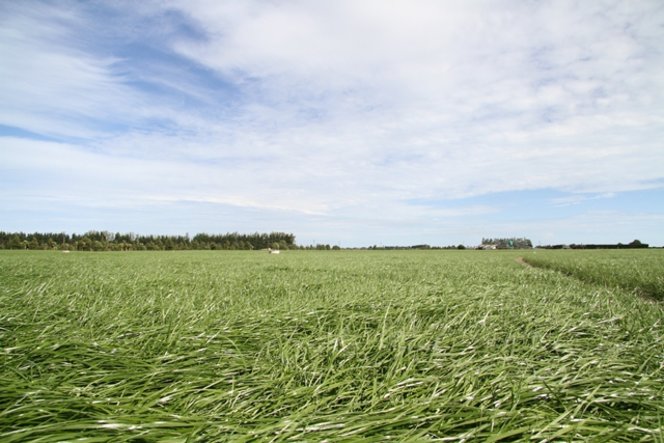Management: deficit to surplus transition sets the scene for summer
Soon your pastures will be growing as vigorously as they will for the next 12 months. The spring flush is always welcome, especially after the deficit typically associated with the start of calving and lambing.
But in a very short time, if it’s not managed correctly, spring’s lush leafy growth can turn into rank, overgrown, low quality grass, high on DM but low on ME.
The stock won’t like it much; utilisation will drop, and long term those paddocks will also perform poorly, because rank growth weakens plant density and clover content.
The secret to successfully managing your spring grazing is to remember that what you do now will have a big impact on pasture condition and quality in summer.
Your mission therefore is two-fold: maximise animal intakes and pasture eaten per ha, while at the same time setting up robust, well-tillered pastures that will persist through summer.
Over the next few months, existing pastures will completely replace themselves. All the old ryegrass tillers will go to seed and die, but before they do, they will give birth to brand new daughter tillers.
These daughters are irreplaceable. They are your source of feed for the rest of the season, and they also help keep existing pastures thick and healthy so they last longer. If they don’t survive, ryegrass plant numbers will drop and pastures will be thinner and more vulnerable going into summer.
Lack of light is the number one cause of daughter tiller death in spring, so the best thing you can do to look after these tillers is avoid high pasture covers. Don’t let pastures get too long before grazing (i.e. >3200kg DM/ha), and graze to consistent residuals. This helps keep clover happy too.
As well as light, daughter tillers need nutrients. Ryegrass won’t have kids unless the parent plant can afford to feed them. Fertiliser stimulates the growth and development of daughter tillers, so they are big and robust enough to face their first (potentially dry) summer.


